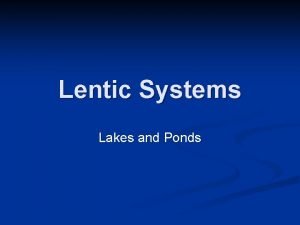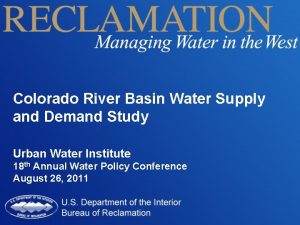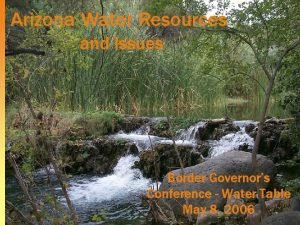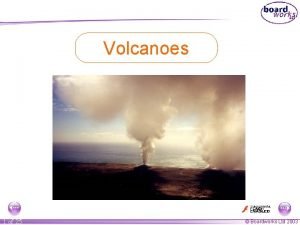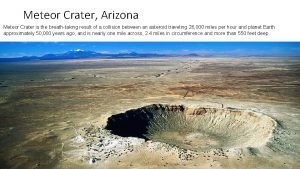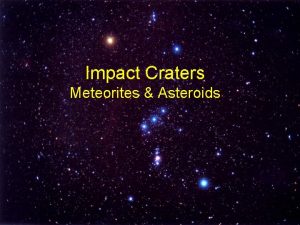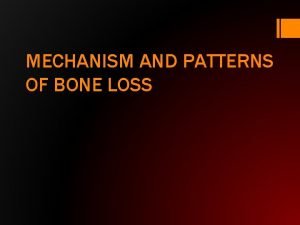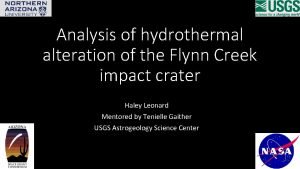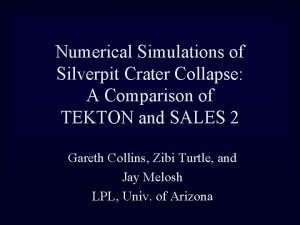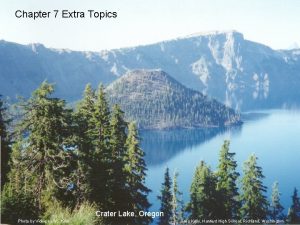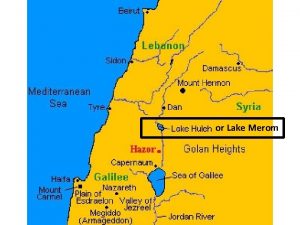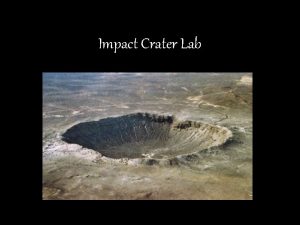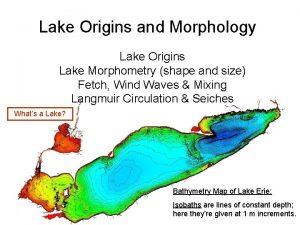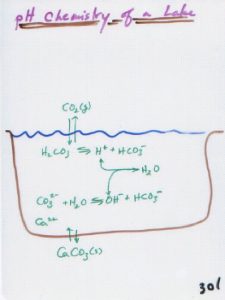Chapter 7 Extra Topics Crater Lake Oregon Photo











- Slides: 11

Chapter 7 Extra Topics Crater Lake, Oregon Photo by Vickie Kelly, 1998 Greg Kelly, Hanford High School, Richland, Washington

Centers of Mass: Torque is a WIfunction of force and distance. Lake Superior, Washburn, Photo by Vickie Kelly, 2004 (Torque is the tendency of a system to rotate about a point. )

If the forces are all gravitational, then If the net torque is zero, then the system will balance. Since gravity is the same throughout the system, we could factor g out of the equation. This is called the moment about the origin.

If we divide Mo by the total mass, we can find the center of mass (balance point. )

For a thin rod or strip: d = density per unit length (d is the Greek letter delta. ) moment about origin: mass: center of mass: For a rod of uniform density and thickness, the center of mass is in the middle.

For a two dimensional shape, we need two distances to locate the center of mass. y strip of mass dm distance from the y axis to the center of the strip x Moment about x-axis: Moment about y-axis: Mass: distance from the x axis to the center of the strip Center mass: x tilde (pronounced ecksoftilda)

For a two dimensional shape, we need two distances to locate the center of mass. y For a plate of uniform thickness and density, the density drops out of the equation when finding the center of mass. x Vocabulary: center of mass = center of gravity = centroid constant density d = homogeneous = uniform

coordinate of centroid = (2. 25, 2. 7)

Note: The centroid does not have to be on the object. If the center of mass is obvious, use a shortcut: square rectangle circle right triangle

Theorems of Pappus: When a two dimensional shape is rotated about an axis: Volume = area. distance traveled by the centroid. Surface Area = perimeter. distance traveled by the centroid of the arc. Consider an 8 cm diameter donut with a 3 cm diameter cross section: 1. 5 2. 5

We can find the centroid of a semi-circular surface by using the Theorems of Pappus and working back to get the centroid. p

